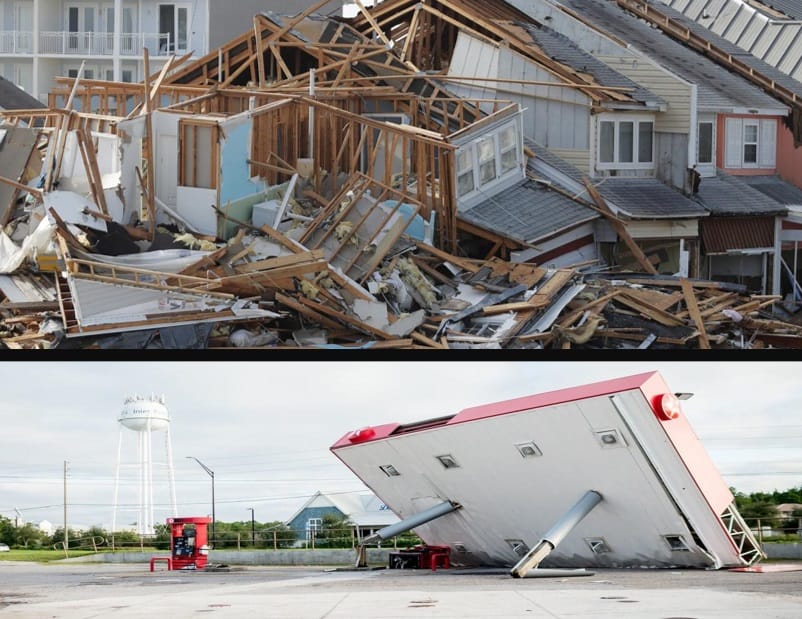Florida has a long history with hurricanes, but only a few have reached the most severe classification—Category 5. These storms are defined by sustained winds of 157 mph or more, and their impact is nothing short of catastrophic.
One key question that often arises is, When was the last Category 5 hurricane in Florida? The answer is Hurricane Michael, which struck the Florida Panhandle in October 2018.
Hurricane Michael: Florida’s Most Recent Category 5
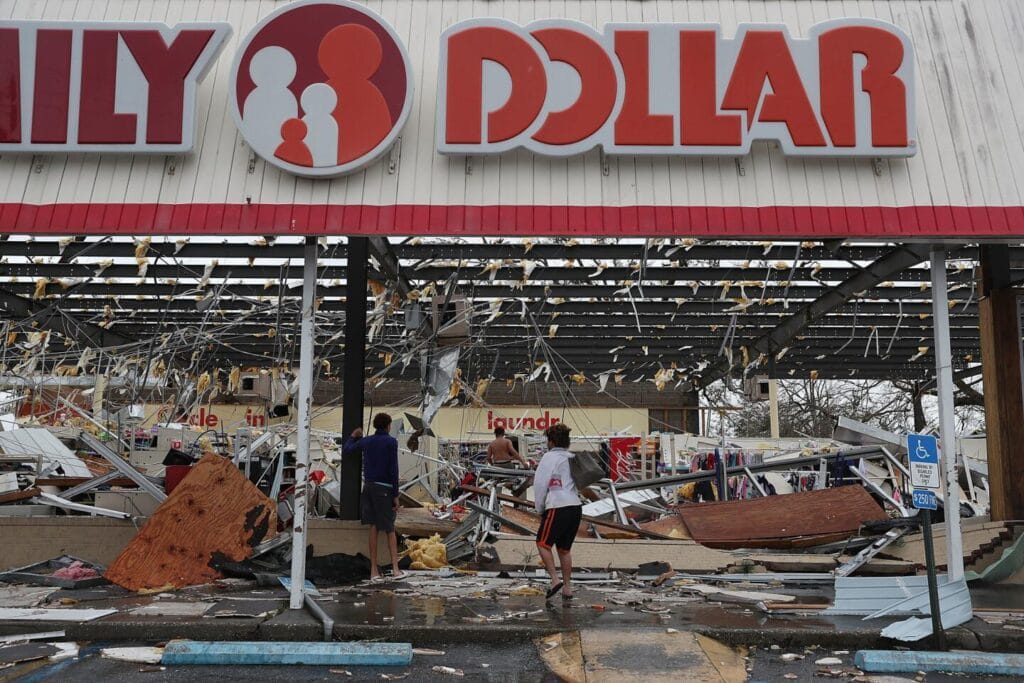
When was the last Category 5 hurricane in Florida? The answer lies in the devastation caused by Hurricane Michael. Making landfall near Mexico Beach, Florida, on October 10, 2018, Michael brought sustained winds of 160 mph, making it the strongest storm to hit the continental United States since Hurricane Andrew in 1992.
The storm wreaked havoc across the Florida Panhandle, causing massive destruction in places like Panama City, Tyndall Air Force Base, and Mexico Beach.
More Like This: Category 5 Hurricane: The Rise of Hurricane Milton
Michael’s impact was far-reaching: entire neighborhoods were flattened, buildings were stripped down to their foundations, and infrastructure was severely damaged. The storm surge, combined with extreme winds, pushed debris and water several miles inland, destroying everything in its path. In some areas, the storm surge reached as high as 14 feet, compounding the disaster for coastal communities.
In terms of human cost, Hurricane Michael was responsible for 59 direct and indirect deaths and displaced tens of thousands of Floridians from their homes. The damages totaled approximately $25 billion, making it one of the most expensive hurricanes in U.S. history.
The Scale of Damage Caused by Hurricane Michael
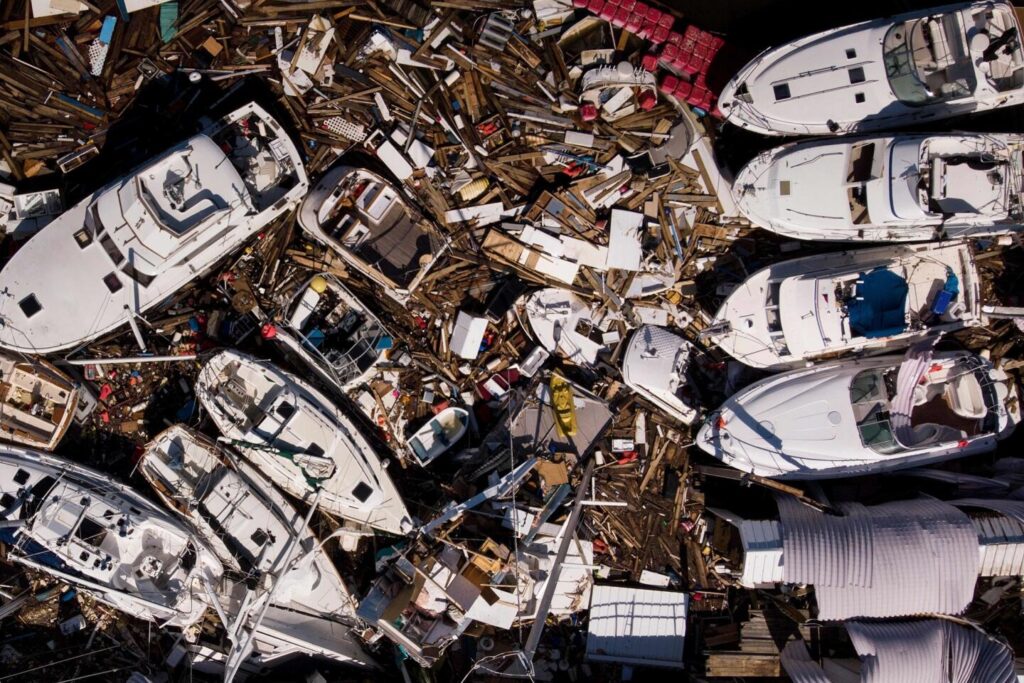
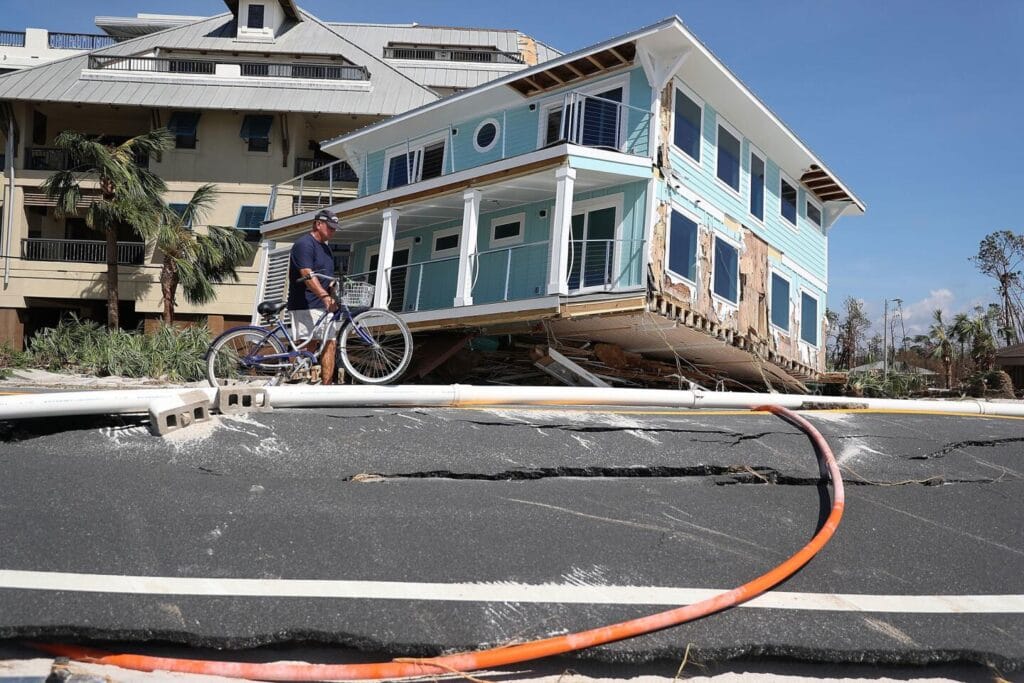
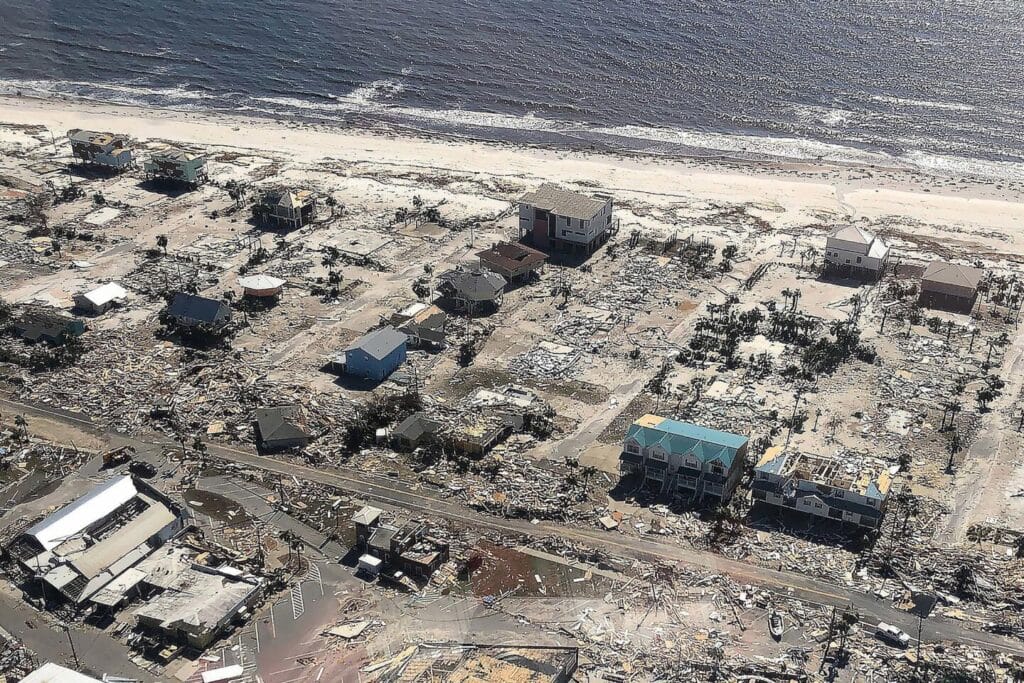
Understanding when was the last Category 5 hurricane in Florida involves more than just the date; it’s about recognizing the devastation and long-term impact it had. In Bay County, which includes Panama City and Mexico Beach, the destruction was particularly severe.
Around 85% of the homes in Mexico Beach were either completely destroyed or significantly damaged. These areas, once vibrant communities, took years to recover and rebuild.
More Like This: 5 Must-Know Facts About Florida Hurricane Milton Evacuation
Hurricane Michael’s winds toppled countless trees and power lines, leaving more than 1.2 million people without electricity. Many residents in the Florida Panhandle were left without power for weeks, and some areas were without clean water for just as long. The storm also had significant environmental impacts, causing massive deforestation and damaging local ecosystems.
How Does Hurricane Michael Compare to Other Category 5 Hurricanes?
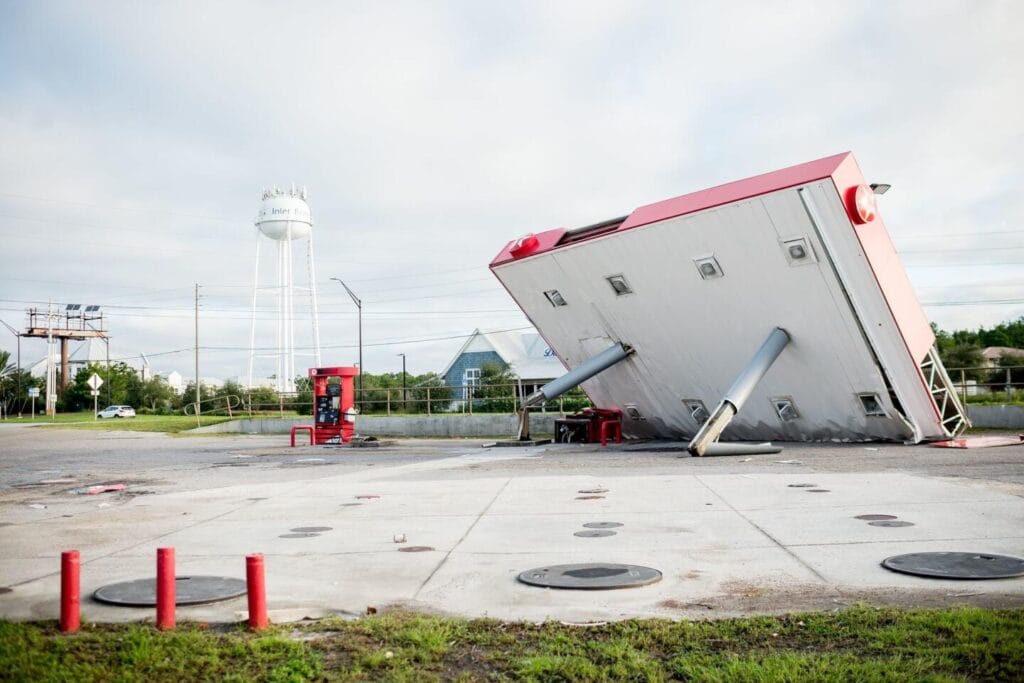
Hurricane Michael is part of an list of Category 5 hurricanes that have made landfall in the United States. Florida has seen several of these devastating storms throughout its history, but each has brought its own unique challenges.
Prior to Michael, the last Category 5 hurricane to hit Florida was Hurricane Andrew in 1992, which made landfall in South Florida. Andrew, like Michael, caused widespread destruction, particularly in Homestead and surrounding areas, and led to changes in building codes across the state to better withstand future hurricanes.
Another storm to compare with Michael is Hurricane Dorian, which reached Category 5 status in 2019 but narrowly missed Florida. Dorian instead stalled over the Bahamas, causing catastrophic damage there before eventually weakening and skirting the Florida coast.
Each of these storms serves as a powerful reminder of the unpredictability and destructive power of Category 5 hurricanes. Florida, situated in a hurricane-prone region, is no stranger to these extreme weather events.
Why Are Category 5 Hurricanes So Devastating?
It’s essential to understand why these storms are so dangerous. The primary factor that makes Category 5 hurricanes devastating is their sheer wind power. With winds exceeding 157 mph, they can destroy even well-built structures, rip roofs off buildings, and turn everyday objects into deadly projectiles.
Additionally, Category 5 storms often bring massive storm surges, which are walls of water pushed inland by the hurricane’s winds. In Michael’s case, the storm surge caused severe flooding in Mexico Beach and other coastal areas. The combination of extreme wind and flooding makes these hurricanes life-threatening for anyone in their path.
More Like This: FEMA Out of Money: Florida Attorney General Criticizes Mayorkas and Biden Administration
Hurricanes of this magnitude also dump enormous amounts of rain, which can cause flash flooding far inland, compounding the destruction. After Hurricane Michael, many inland areas experienced flooding and were left isolated as roads became impassable.
Florida’s Response and Preparedness
Now that we’ve explored when was the last Category 5 hurricane in Florida, it’s worth examining how the state has responded to these disasters.
Following the destruction of Hurricane Andrew in 1992, Florida implemented some of the toughest building codes in the nation, requiring homes to be more resilient against hurricane-force winds. These codes were tested again during Hurricane Michael and, for the most part, proved effective in reducing damage to newer structures.
More Like This: North Carolina Nurse Reveals Massive Disaster After Hurricane
In addition to stricter building codes, Florida has also developed more comprehensive evacuation and disaster preparedness plans. Leading up to Hurricane Michael’s landfall, evacuation orders were issued for hundreds of thousands of residents along the Gulf Coast, potentially saving countless lives.
The Future of Hurricanes in Florida
Climate change is contributing to warmer ocean waters, which can fuel more intense and frequent hurricanes. Scientists predict that storms like Michael could become more common, meaning Florida must continue to improve its hurricane preparedness.
Looking ahead, Floridians are always on alert during hurricane season, aware of the potential for another Category 5 storm to develop, such as Hurricane Milton, which intensified from a Category 1 to a Category 5 hurricane in just 10 hours.
Florida, still recovering from Hurricane Helene, faces yet another massive storm that could devastate its western coastline.

